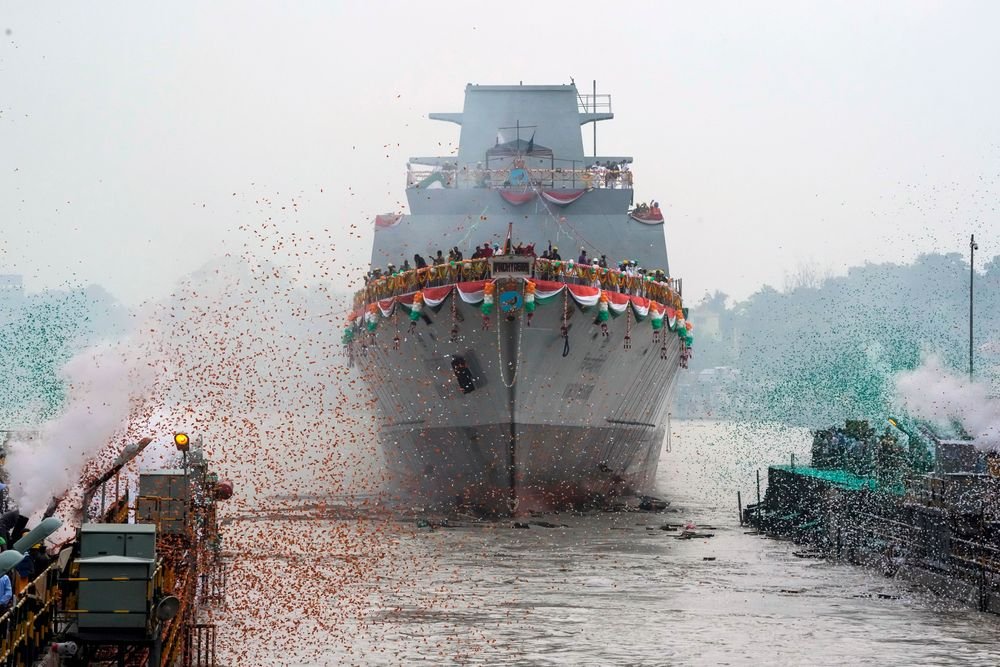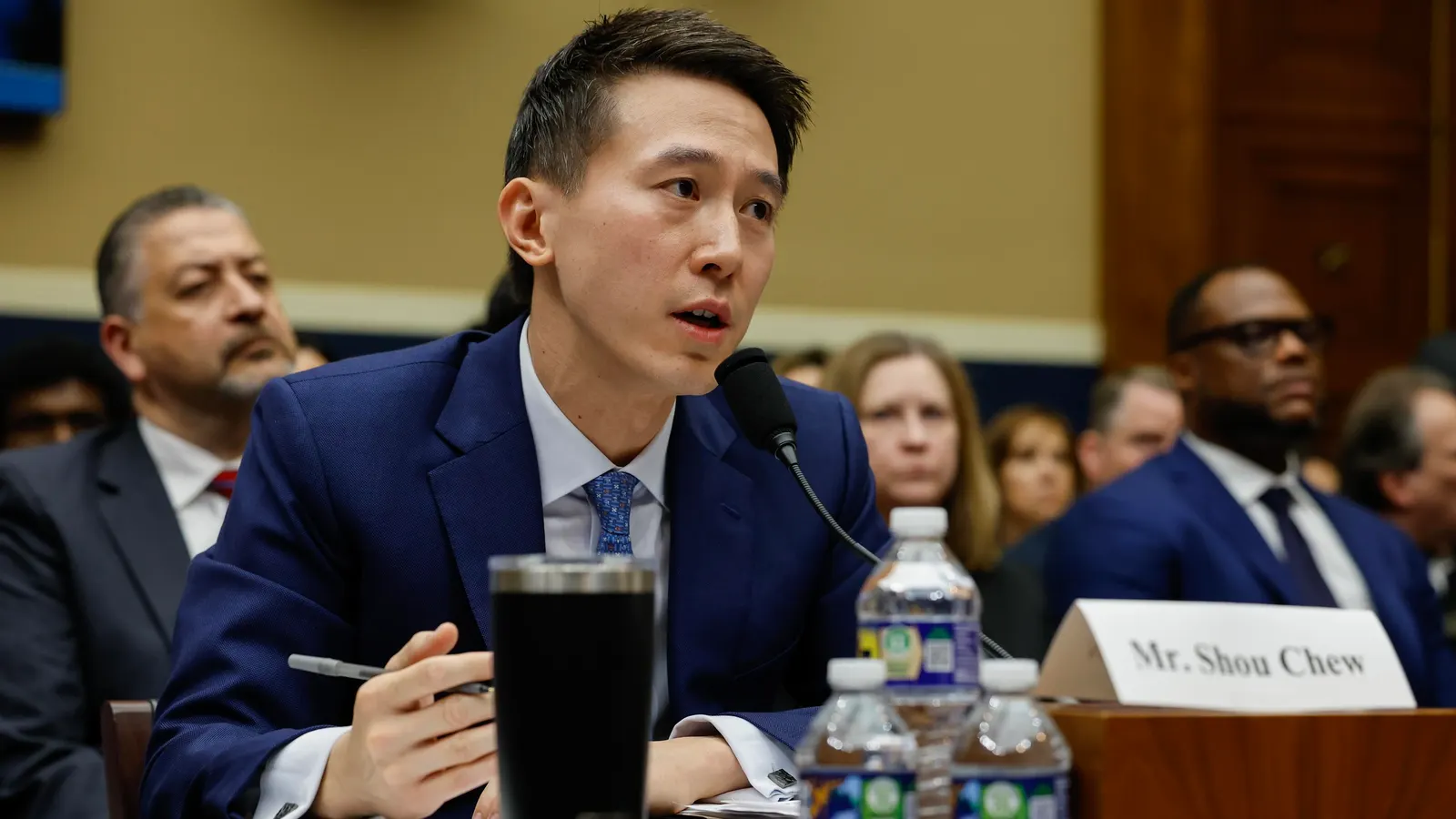India has historically concentrated its defense efforts on its land borders with Pakistan and China. However, with expanding global ambitions, the country is now asserting its naval power in international waters. Initiatives include anti-piracy patrols and a significant deployment near the Red Sea to safeguard ships during conflicts, such as the Israel-Hamas war.
In November, India deployed three guided missile destroyers and reconnaissance aircraft when Yemen-based Houthi rebels targeted ships, disrupting a crucial trading route handling about 12% of global trade. Retired Vice Adm. Anil Kumar Chawla emphasizes India’s proactive contribution to international maritime stability, positioning the nation as a burgeoning global power.
The deployments serve as a message to China, signaling India’s capability and responsibility as a prominent resident naval power in the Indian Ocean. India’s Navy has been actively involved in assisting ships attacked by Houthi rebels and responding to distress calls, showcasing its commitment to maritime security.
While India’s naval engagements are intensifying, there are growing concerns about China’s increasing presence in the Indian Ocean. China, with the world’s largest navy, is expanding its reach through infrastructure deals with India’s neighbors. This dynamic has prompted India to bolster its naval capabilities, investing in advanced ships, submarines, and aircraft.
As the Indian Navy’s share of the defense budget rises to 19%, strategic partnerships and joint exercises with other nations become crucial. Experts suggest that India needs a maritime-oriented strategic approach to address geopolitical priorities in the Indo-Pacific, especially amid the competition with China.
The South China Sea remains a focal point for Indian naval planners, with approximately 60% of India’s cargo passing through shipping lanes dominated by Beijing. Despite challenges, India’s naval aspirations align with its goal of becoming a significant global player.



